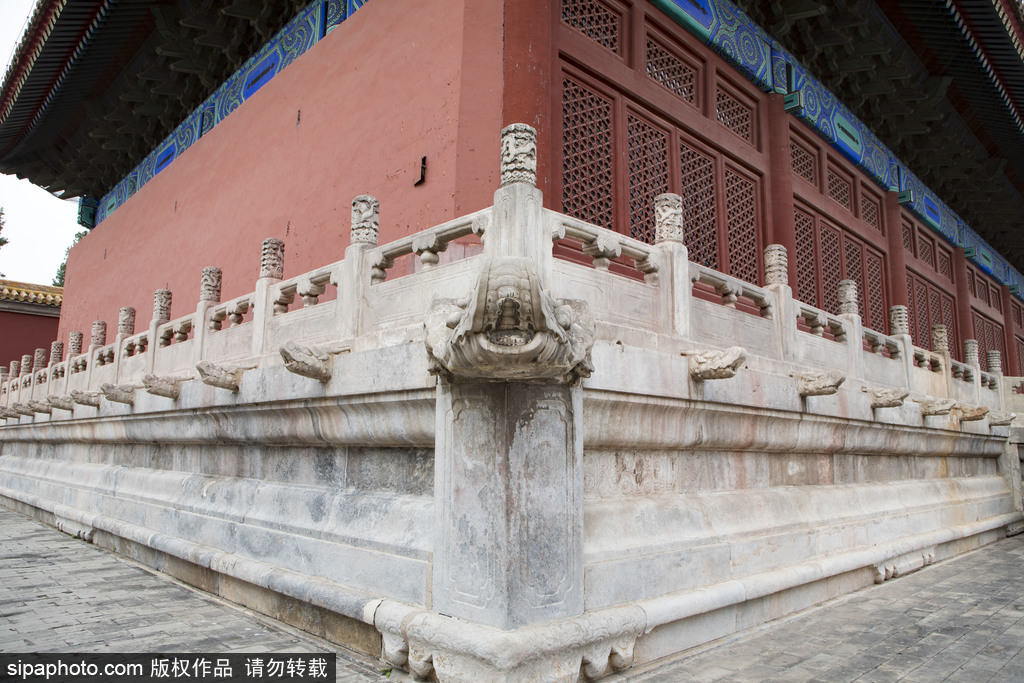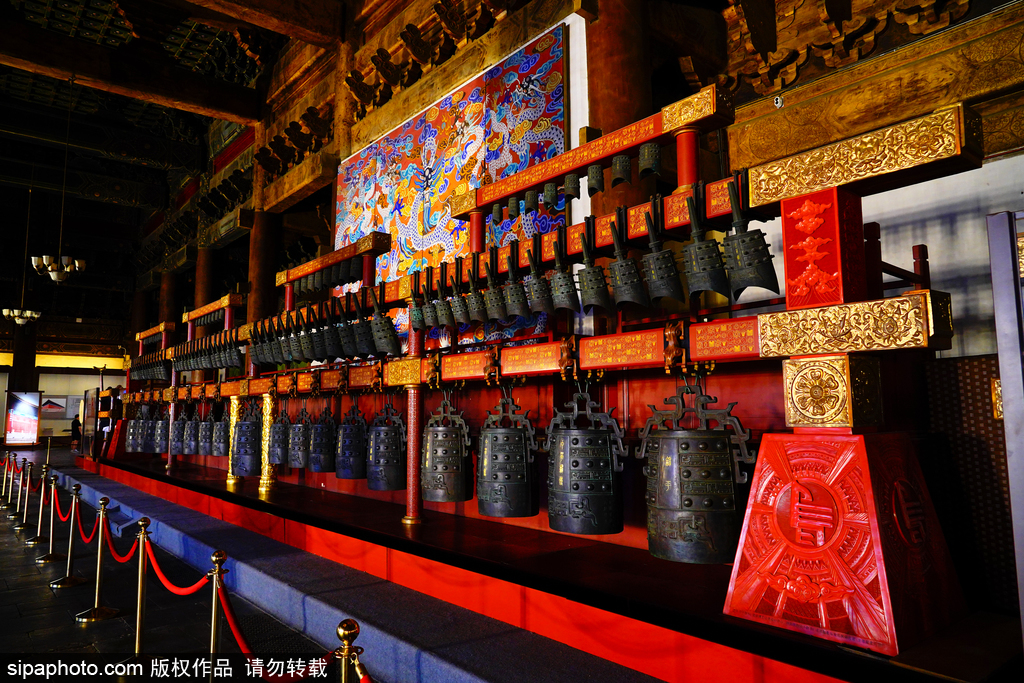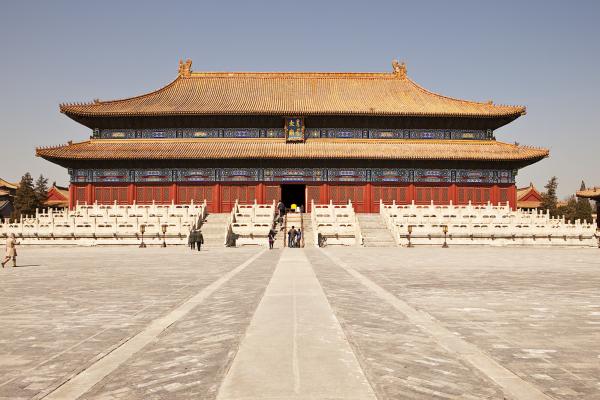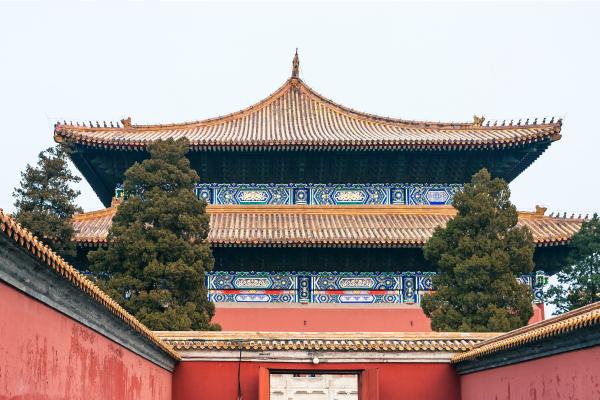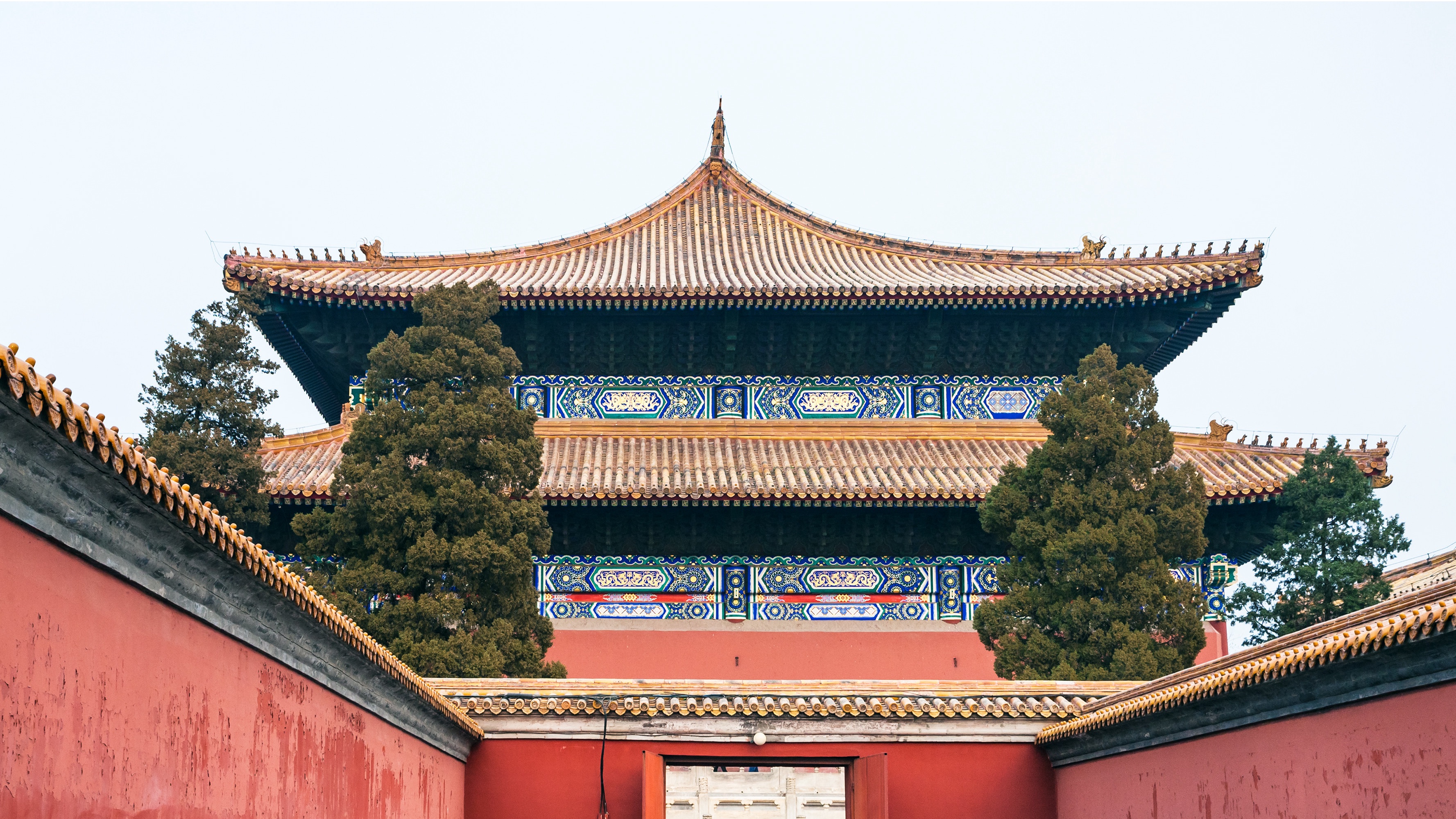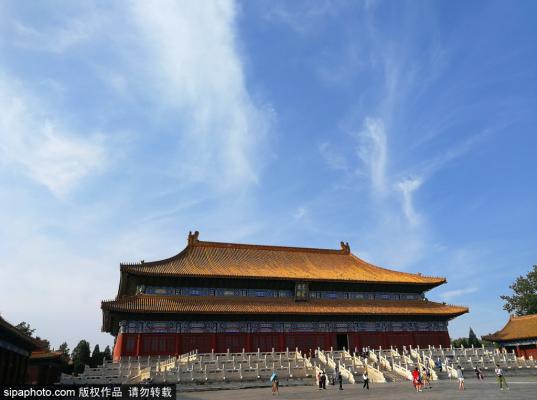Imperial Ancestral Temple (太庙)
The Imperial Ancestral Temple was served as the site where ancient Chinese emperors held memorial ceremonies to the imperial family's ancestors.
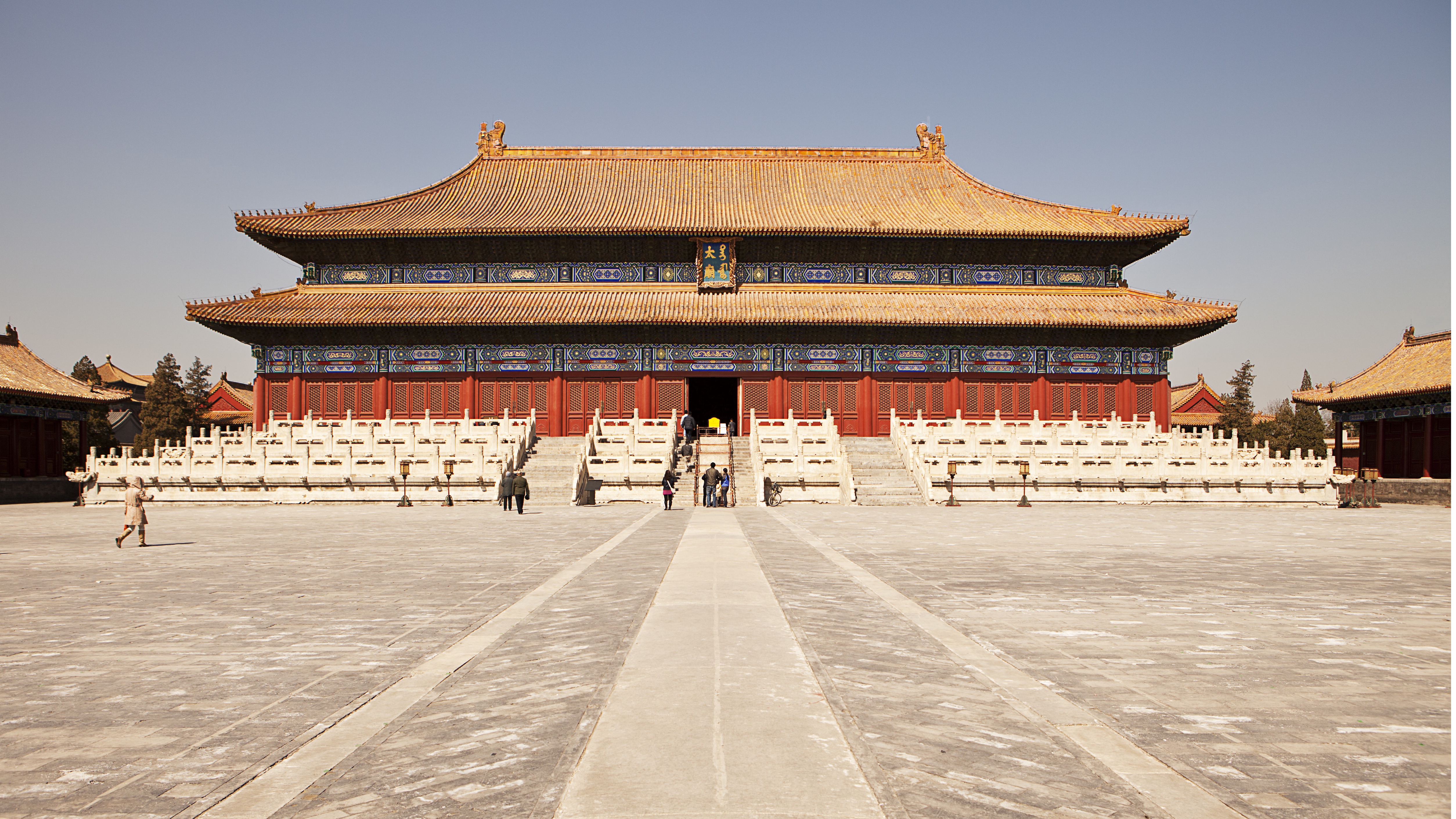
-
Tel:
86-10-65252189 -
Best Time to Visit:
Spring, Autumn and Winter -
Duration:
2 hours -
Admission:
2 RMB 2 RMB -
Opening Hours:
Peak Season: 6:30-19:30
Off Season: 7:00-17:30
Description
Imperial Ancestral Temple (太庙)
The rigorously symmetrical layout of the Imperial Ancestral Temple and the Altar of Land and Grain on Beijing Central Axis embodies the ideal capital city's planning paradigm as prescribed in the Kaogongji. Serving the imperial families of the Ming and Qing dynasties, the Imperial Ancestral Temple is the material carrier of the Chinese cultural tradition of I"worshiping the ancestors'". It is an essential building for national rituals and the most complete and largest extant building complex of...
Read MoreImperial Ancestral Temple (太庙)
The rigorously symmetrical layout of the Imperial Ancestral Temple and the Altar of Land and Grain on Beijing Central Axis embodies the ideal capital city's planning paradigm as prescribed in the Kaogongji. Serving the imperial families of the Ming and Qing dynasties, the Imperial Ancestral Temple is the material carrier of the Chinese cultural tradition of I"worshiping the ancestors'". It is an essential building for national rituals and the most complete and largest extant building complex of ancestral worship by the imperial families. The Sacrificial Hall in the Imperial Ancestral Temple is a timber structure from the Ming dynasty. It is the highest-ranked construction of official architecture from the Ming and Qing dynasties, featuring an unprecedented scale of its kind, with exquisite materials, representing the highest accomplishment of the art of imperial architecture from this period.
Location and Layout
The Imperial Ancestral Temple is located southeast of the Forbidden City and faces the Altar of Land and Grain, both of which are symmetrically arranged on the west and east sides of Beijing Central Axis. This layout emphasizes the importance of Chinese ritual traditions in capital city planning to create an orderly cityscape. The Imperial Ancestral Temple complex faces south. It comprises a rectangular courtyard with an inner and outer courtyard sections. Most sacrificial buildings are located in the inner courtyard section, symmetrically id out along the Axis. In the southeast of the outer courtyard section is the Stable for Sacrificial Animals Complex. There are 714 ancient cypress trees in the outer courtyard section, creating a solemn, sacrificial atmosphere.
Architecture and Landscape
All the major buildings of the Imperial Ancestral Temple for sacrificial rituals are located within the inner courtyard walls. On a central axis running from south to north sit the Glazed Gate, the Jinshui Bridges, the Halberd Gate, the Sacrificial Hall, the Resting Hall, and the Distant Kin Temple. On the west and east of the axis are side halls, well pavilions, the Divine Kitchen, and the Divine Storage. Among the buildings, the Sacrificial Hall standing on a three-tiered sumeru pedestal possesses a particularly majestic appearance.
Function and Traditions
As the Ming and Ding venue for ancestral worship, the Imperial Ancestral Temple embodies the cultural tradition of "governing the country with filial piety" and symbolizes the legitimacy of the imperial dynasties rule projected on the imperial clan. Thus, it became the highest grade ancestral temple during the Ming and Qing dynasties in China. How the Imperial Ancestral Temple's three main halls were used was closely related to China's ancestral temple system. The Sacrificial Hall was where the Ming and Oing emperors participated in grand ancestral worshiping ceremonies. The Side Hall on the east housed the spirit tablets of deceased imperial family members, whereas the Side Hall on the west was used to glority the tablets ol mentorious courtiers. The Resting Hall was where the imperial ancestors" spirit tablets were placed during normal days. The Distant Kin Temple was where the spirit tablets of the distant imperial ancestors were enshrined. Today, the imperial Ancestral Temple is opened to the public as the Cultural Palace of the Working People in Beijing. It has since become the place for sightseeing, recreational performance, professional training, and exhibition.
History and Development
The Imperial Ancestral Temple was first constructed in 1420, with the Sacrificial Hall and the Resting Hall within the inner courtyard. The Distant Kin Temple was built to the north of the Resting Hall in 1491. During the Ming dynasty, the national sacrificial ceremony system was changed during the Jiajing reign. Consequently, new zhaomu temples and the Temple for the Emperor Taizong were added to the Imperial Ancestral Temple on the west and east sides of the inner courtyard in 1536. In 1545, the main buildings on the central axis of the Imperial Ancestral Temple were rebuilt due to the lightning fire, while restoring the "same hall, different rooms" system. The Qing dynasty inherited the planning pattern of the Ming dynasty. The Palace Museum took over its management in 1925. After the 1950s, the imperial Ancestral Temple has been open to the public as the Beijing Working People's Cultural Palace in Beijing. It has since become the place for sightseeing, recreational performance, professional training, and exhibition.
